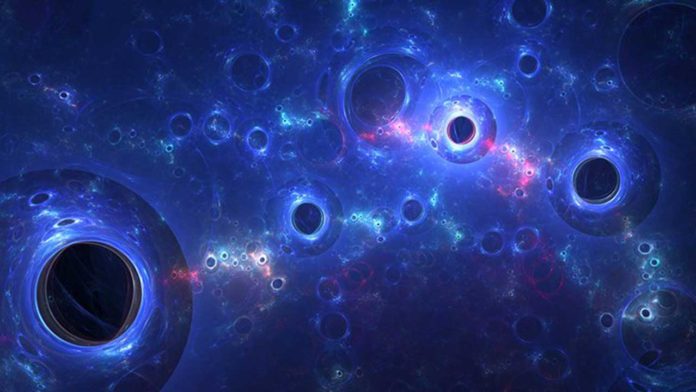A new study drastically narrows the scope of possible masses for Dark Matter particles. Scientists from the University of Sussex used the fact that gravity acts on Dark Matter just as it acts on the visible universe to work out the lower and upper limits of Dark Matter’s mass.
They found that the dark matter cannot either ‘ultra-light’ or ‘super-heavy’ unless an as-yet-undiscovered force also acts upon it.
Scientists assumed that gravity is the only force that acts on dark matter. They then calculated the mass of dark matter particles- which turn out to be between 10-3 eV and 107 eV. That’s a much tighter range than the 10-24 eV — 1019 GeV spectrum, which is generally theorized.
What makes the study much more fascinating is that on the off chance that incidentally, the mass of Dark Matter is outside of the range predicted by scientists, at that point, it also demonstrates that an additional force – just as gravity – acts on Dark Matter.
Professor Xavier Calmet from the School of Mathematical and Physical Sciences at the University of Sussex said: “This is the first time that anyone has thought to use what we know about quantum gravity as a way to calculate the mass range for Dark Matter. We were surprised when we realized no-one had done it before — as were the fellow scientists reviewing our paper.
“What we’ve done shows that Dark Matter cannot be either ‘ultra-light’ or ‘super-heavy’ as some theorize — unless there is an as-yet-unknown additional force acting on it. This piece of research helps physicists in two ways: it focuses the search area for Dark Matter, and it will potentially also help reveal whether or not there is a mysterious unknown additional force in the universe.”
Folkert Kuipers, a Ph.D. student, working with Professor Calmet at the University of Sussex, said: “As a Ph.D. student, it’s great to be able to work on research as exciting and impactful as this. Our findings are very good news for experimentalists as it will help them to get closer to discovering the true nature of Dark Matter.”
Journal Reference:
- Xavier Calmet, Folkert Kuipers. Theoretical bounds on dark matter masses. Physics Letters B, 2021; 814: 136068 DOI: 10.1016/j.physletb.2021.136068
